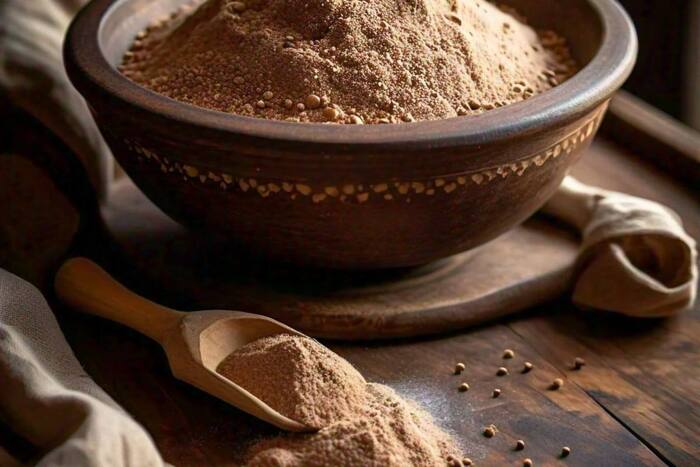
By clicking “Accept All Cookies”, you agree to the storing of cookies on your device to enhance site navigation, analyze site usage, and assist in our marketing efforts Cookies Policy.

Ragi, also known as finger millet, is a nutritious grain that has been a staple in many Indian diets for centuries. It offers a wealth of health benefits, making it a valuable addition to any diet. Here’s a detailed look at the numerous advantages of ragi:
Ragi is a powerhouse of essential nutrients. It is high in calcium, which is vital for bone health, especially for growing children and post-menopausal women. Additionally, it provides iron, which helps prevent anemia, and is a good source of dietary fiber.
Ragi is packed with dietary fiber, which aids in digestion and helps maintain bowel health. The high fiber content can also promote feelings of fullness, which may assist in weight management by reducing overall calorie intake.
As a gluten-free grain, ragi is an excellent alternative for individuals with celiac disease or gluten intolerance. It can be used in various recipes, providing a safe option for those who need to avoid gluten.
Ragi has a low glycemic index, making it an ideal choice for people with diabetes. Foods with a low glycemic index help regulate blood sugar levels by providing a slow and steady release of glucose into the bloodstream.
Ragi contains various antioxidants, such as phenolic compounds and flavonoids, which help combat oxidative stress in the body. This can reduce the risk of chronic diseases and support overall health.
The high fiber content in ragi can help lower cholesterol levels, reducing the risk of heart disease. Additionally, its potassium content supports healthy blood pressure levels.
Due to its high fiber and protein content, ragi can promote satiety, helping to control hunger and support weight loss. It is a low-calorie grain that provides essential nutrients without excess calories.
Ragi is an excellent source of calcium, making it beneficial for bone health. Regular consumption can help prevent osteoporosis and strengthen bones, especially in growing children and older adults.
Ragi is a good source of complex carbohydrates, providing sustained energy. It is particularly beneficial for athletes and individuals with active lifestyles, as it helps maintain energy levels throughout the day.
The presence of amino acids in ragi, along with its antioxidant properties, can contribute to healthier skin. It may help combat skin conditions and promote a glowing complexion.
Ragi is often recommended for lactating mothers due to its high calcium and iron content. It helps improve milk production and provides essential nutrients for both mother and baby.
Ragi is easy to digest, making it suitable for people of all ages, including infants and the elderly. Its soothing properties can help in managing digestive issues.
Ragi can be used in various forms, including flour, porridge, and snacks. This versatility allows it to be incorporated into a wide range of dishes, making it easy to add to your diet.
For breaking news and live news updates, like us on Facebook or follow us on Twitter and Instagram. Read more on Latest Dishes News on India.com.